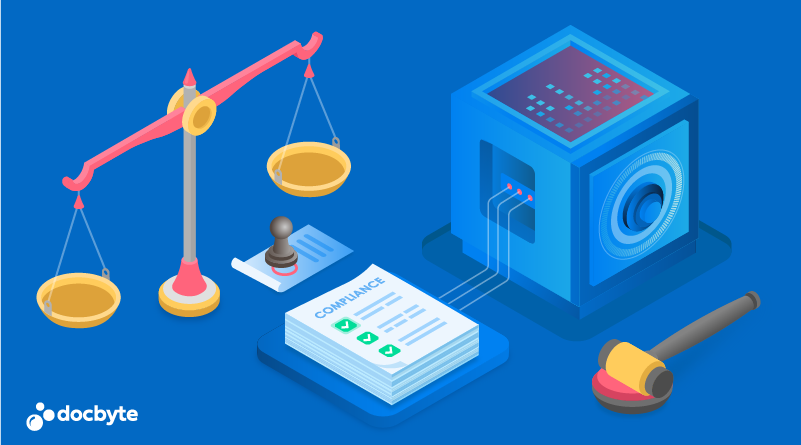Are you tired of high costs associated with data storage, backup, and disaster recovery? Are you struggling to comply with legal and regulatory requirements while keeping your IT budget under control? It’s time to consider “Archiving by Design”!
This powerful strategy can help you achieve significant cost savings in 5 key areas:
Data Storage:
- By only storing the data you need, you can free up space and reduce the amount of fast and costly storage you need to purchase or lease.
Backup and Disaster Recovery:
By reducing the size of your data storage, you can also lower the cost of your data backup and disaster recovery.
IT:
By reducing the amount of data you need to store, you can also reduce the number of licenses you need to purchase. Archiving by design can also make it easier to integrate information into new target systems, and if systems can be entirely decommissioned, the cost savings become even more substantial.
Legal and Compliance:
Archiving by design can help you reduce the cost of legal compliance, by making it easier to produce the information you need for audits.
Migration:
By only migrating the necessary information, you can save time and money while still ensuring that you have access to the data you need.
Don’t let the high costs associated with data management hold your business back. Implement “Archiving by Design” today and start seeing real cost savings!






